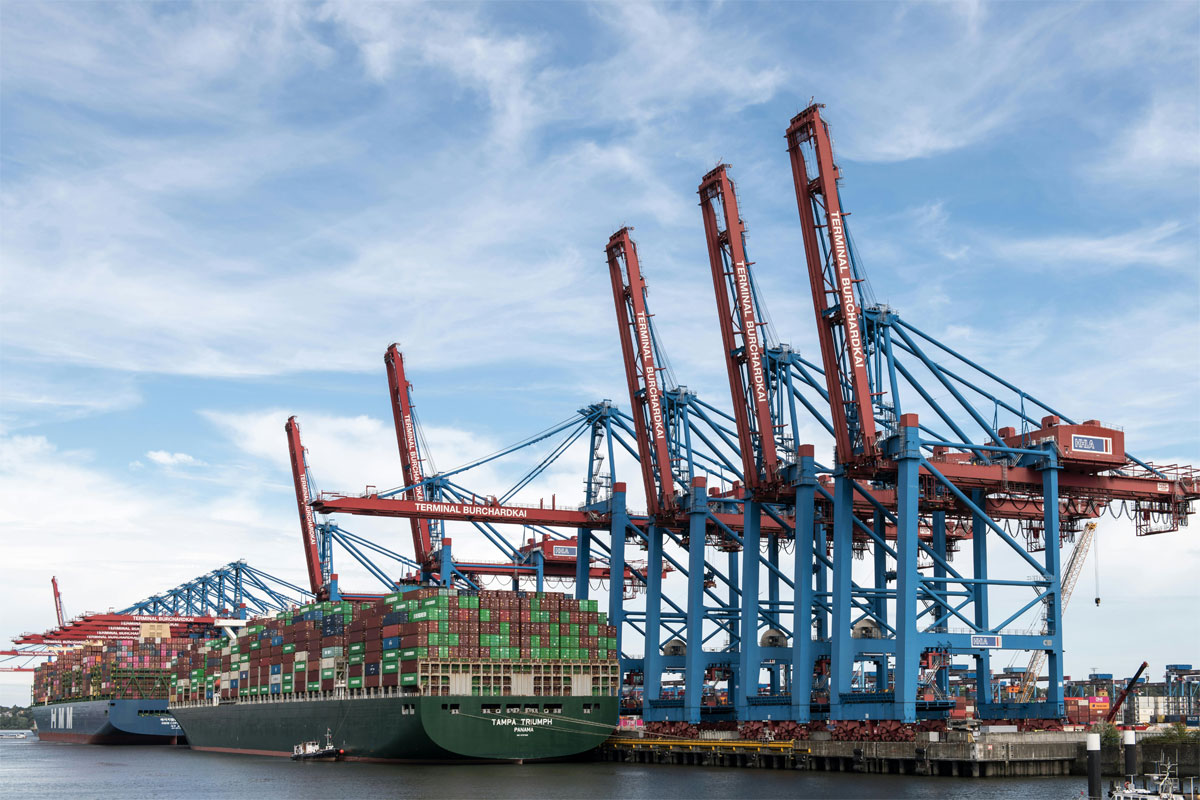Collapse of Hanjin Shipping highlights needed for better understanding of carrier risk.
Having struggled this year with congestion at marine terminals, poor on-time performance by shipping lines, carrier mergers and acquisitions, and now the Hanjin bankruptcy, footwear importers meeting in Southern California were advised to “invest in carrier management.”
Carrier management includes knowing which ship is carrying the cargo, which vessel-sharing alliance the carrier belongs to, the financial strength of the carriers in the alliance, and the marine terminals that work the carrier’s vessels, said Dan Gardner, president of Trade Facilitators Inc. “Shippers should focus on risk management,” he told the annual Footwear Trade Distribution and Customs conference of the Footwear Distributors and Retailers of America.
…
BCO demand for improved efficiency extends throughout the supply chain, including the last mile of delivery, said Kenneth O’Brien, chief operating officer at Gemini Shippers Association. Technology-driven improvements in the supply chain will be a major contributor to speed to market performance, he said.
Considering how much cargo is booked today by non-vessel operating common carriers on behalf of BCOs, it is incumbent upon shippers to focus their risk management on NVOs as well as the carriers themselves, Gardner said. If a BCO has a preference for or aversion to certain carriers, those views should be made clear to the NVO, he added.
This article was originally published by the Journal of Commerce. To continue reading, visit JOC.com.


